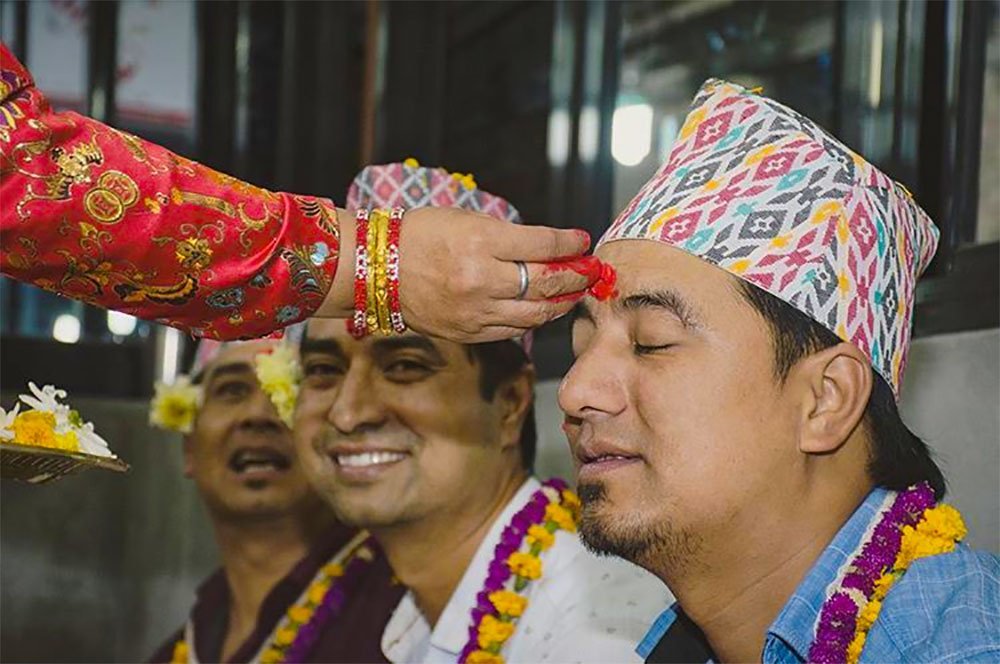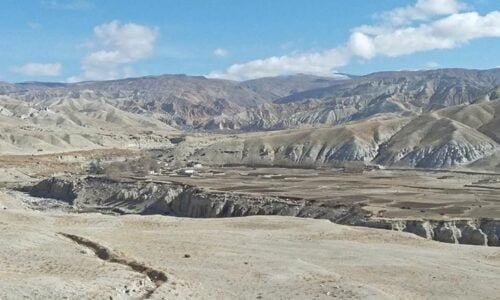Festival of Lights Tihar in Nepal
18 Jul 2023 3 min to read
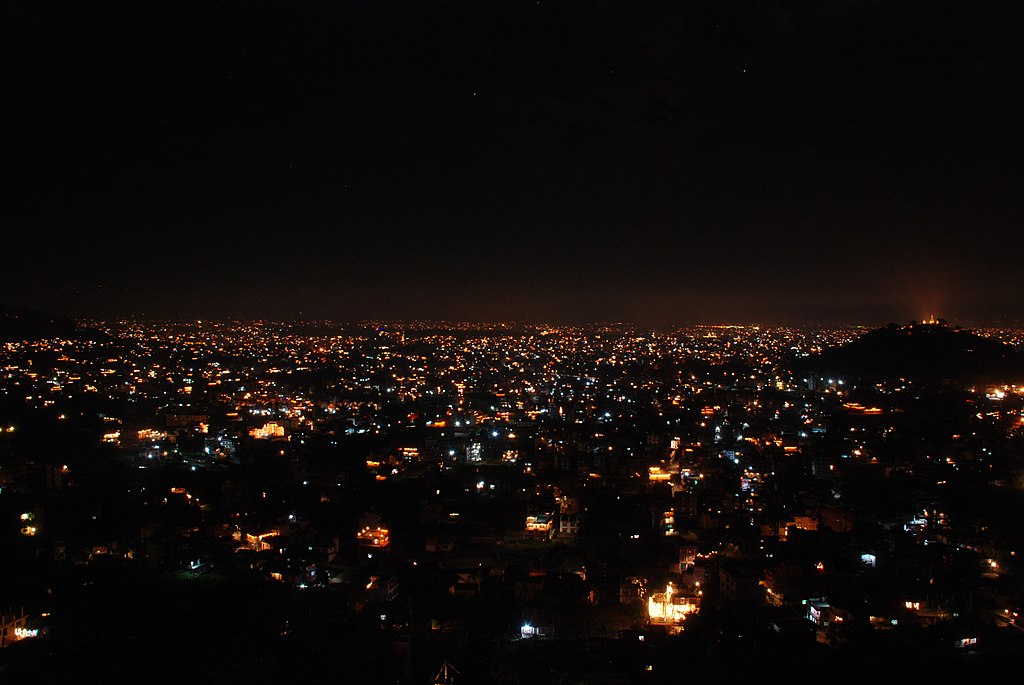
Nepal, a culturally diverse country in the Himalayas, is known for its rich array of festivals. Among many festivals, Tihar is the second big Hindu festival in Nepal. The festival of lights Tihar in Nepal is celebrated by both Hindus and Buddhists grandly for 5 days. It is also called Yampanchak or Dipawali. Newar Buddhists called it Sunti. Throughout the five days, streets are adorned with lights, people sing traditional songs called deusi-bhailo, and enjoy delicious feasts. One popular food item prepared during Tihar is Sel-roti, a round fried bread. It falls in the month of Kartik (October/November). It starts from Kartik Krishna Trayodashi and ends in Kartik Shukla Dwitiya. These 5 days’ celebrations are briefly discussed below:
Day 1: Kaag Tihar
The first day of Tihar is called Kaag (Crow) Tihar. Nepalese people worship and offer rice and grains to crows. Crows are considered sacred and believed to be messengers of the god of death. They prepare small plates with food, known as “crow offerings,” and place them outside on the terrace. As crows gather to feast on the offerings, it is seen as a positive sign. Kaag Tihar highlights the admiration for nature and the connection between humans and animals.
Day 2: Kukur Tihar
The second day of Tihar is Kukur (Dog) Tihar. During this day, dogs are worshipped with garlands around their necks, and tika on their foreheads as a symbol of respect and gratitude. People also offer delicious treats (biscuits, milk, and meat), to the dogs as a way of showing appreciation for their loyalty and companionship. It also signifies the belief that they can guard and protect households from negative energies and evil spirits.
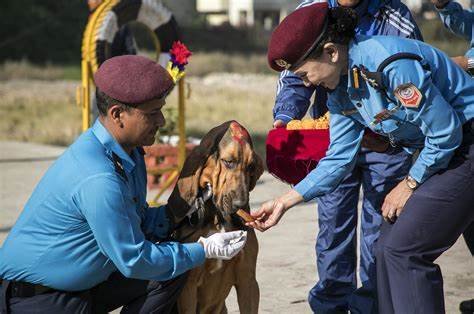
Day 3: Gai Tihar and Laxmi Puja

The third day of Tihar is Gai (Cow) Tihar and Laxmi Puja. In the morning, people worship cows and offer them various food items to express gratitude for their significance in agriculture and nourishment. In the evening, homes are cleaned, and lamps are lit to welcome the goddess Laxmi. Houses are decorated with lights, garlands, and rangoli patterns. Laxmi Puja is performed, where fruits, nuts, and sweets are offered to the goddess. This day symbolizes gratitude for cows and the seeking of prosperity and wealth through the worship of Laxmi.
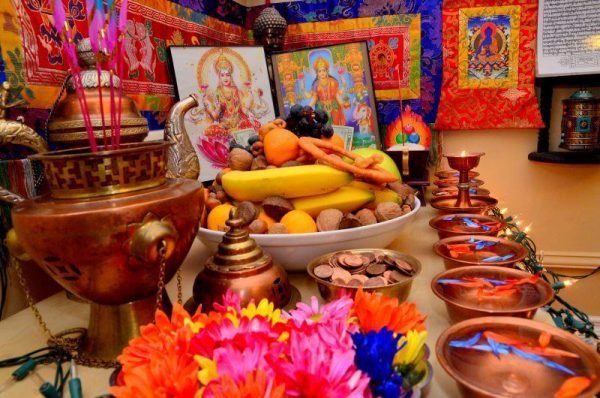
Day 4: Govardhan Puja and Mha Puja
The fourth day of Tihar is Govardhan (Ox) Puja, where oxen are worshipped and fed while adorned with garlands and tikas. It also coincides with the Newari New Year, Nepal Sambat, celebrated by the Newar community. They participate in vibrant parades, rallies, and cultural functions around Kathmandu Durbar Square. In the evening, they observe Mha Puja, a ritual focused on self-purification and the celebration of one’s body and inner soul. This day showcases the devotion to oxen, the festivities of the Newari New Year, and the introspective rituals of Mha Puja, adding to the cultural richness of Nepal.
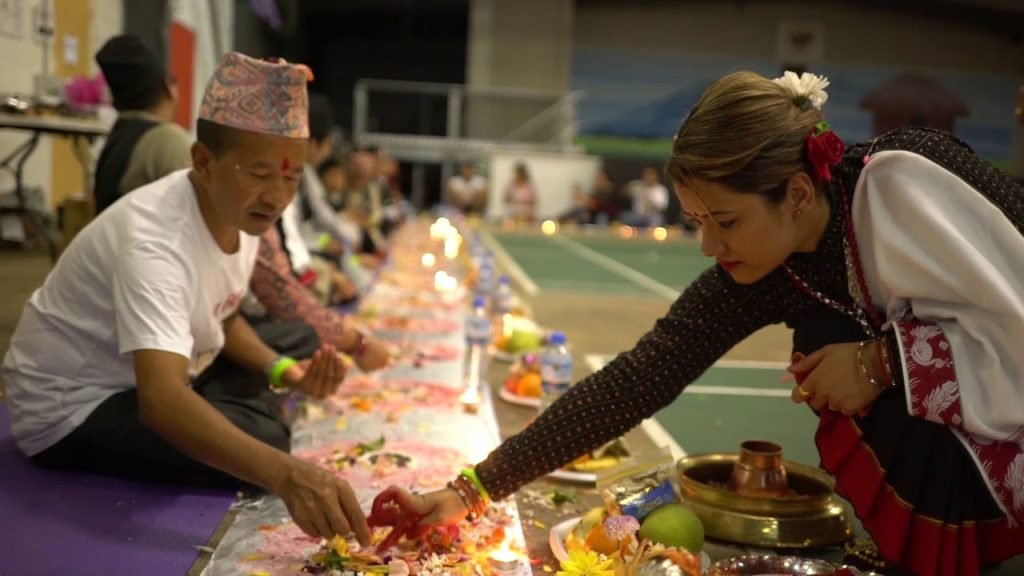
Day 5: Bhai Tika
Bhai Tika, the final day of Tihar, celebrates the bond between brothers and sisters. Sisters worship their brothers, applying a Saptarangi (seven-color) tika on their foreheads and a special Makhmali garland around their necks. Brothers show gratitude by offering gifts and seeking blessings by touching their sisters’ feet. The opening of Rani Pokhari in Kathmandu on this day attracts many brothers without sisters who visit the temple to receive tika and blessings. Bhai Tika holds cultural significance, emphasizing love, respect, and the exchange of blessings and gifts between siblings.
